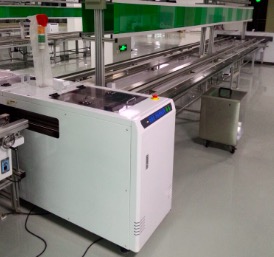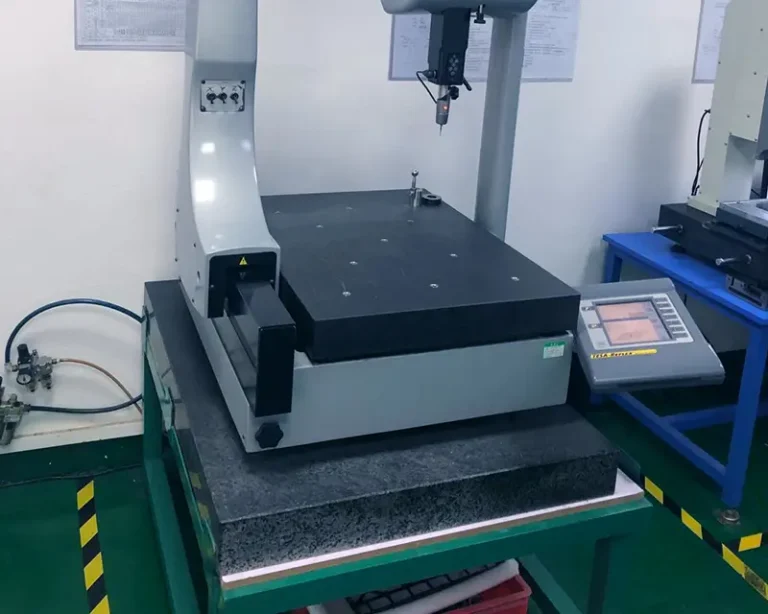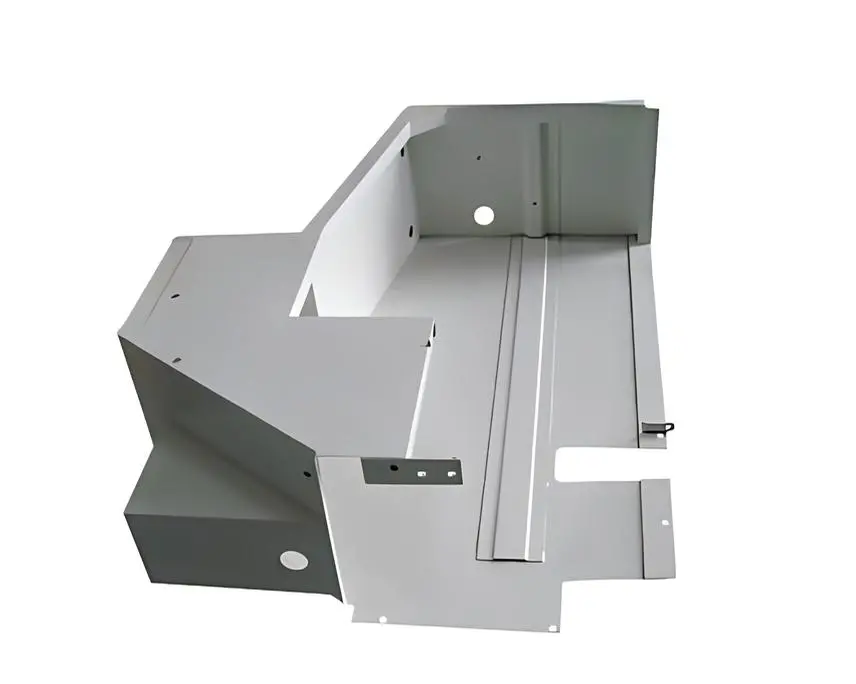目录
Introduction
As technology continues to advance, electronic components are becoming smaller, more efficient, and more reliable. One of the key innovations driving this transformation is Surface-Mount Technology (SMT). But what exactly is SMT meaning, and why is it essential in modern electronics manufacturing? This article explores the fundamentals of SMT, its advantages, and how it is shaping the future of circuit board design.
Defining SMT: What is SMT Meaning?
SMT meaning refers to the process of mounting electronic components directly onto the surface of a printed circuit board (PCB), rather than inserting them through holes. This method is significantly different from traditional through-hole technology, which requires drilling holes and manually placing components.
With SMT meaning, automated machines precisely place tiny components, allowing for high-density and high-performance electronics. The adoption of SMT has led to more compact designs and faster production cycles, making it the preferred technique for various industries.
Key Advantages of Surface-Mount Technology
✔ Miniaturization and High-Density Design One of the primary reasons manufacturers use SMT meaning is its ability to support high-density circuits. SMT enables compact electronic devices with improved functionality, making it ideal for smartphones, medical equipment, and industrial machinery.
✔ Enhanced Electrical Performance SMT components typically have shorter electrical paths, which reduces resistance and interference, resulting in better performance and faster signal transmission.
✔ Cost-Effective and Efficient Production The automation involved in SMT meaning allows manufacturers to produce large quantities of electronics quickly and with higher precision, reducing human error and assembly costs.
✔ Improved Reliability and Durability Due to the secure attachment of SMT components, devices built with this technology tend to be more resistant to vibrations, shocks, and external stress factors, increasing their longevity.
Applications of SMT in Various Industries
The importance of SMT meaning extends across multiple sectors:
- Consumer Electronics – Smartphones, tablets, and laptops rely on SMT for lightweight and compact designs.
- Automotive Industry – Sensors, controllers, and infotainment systems in modern vehicles are developed using SMT technology.
- Medical Devices – High-precision medical equipment, such as imaging devices and diagnostic tools, utilize SMT for enhanced functionality.
- Telecommunications – Network routers, satellite systems, and communication devices integrate SMT components for faster processing speeds.
Conclusion
Understanding SMT meaning is essential for grasping modern electronics manufacturing. As industries demand smaller, more efficient, and durable devices, SMT continues to be at the forefront of innovation. Whether in consumer gadgets, automotive systems, or medical applications, SMT meaning plays a vital role in shaping the future of electronic design.
0







